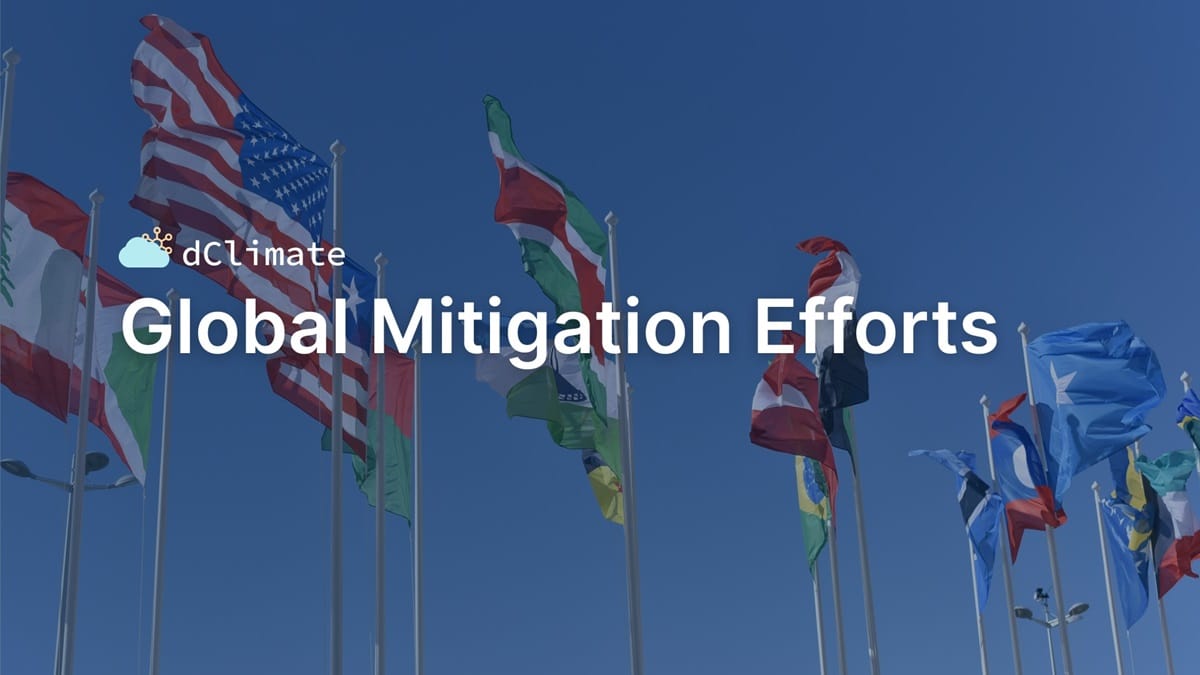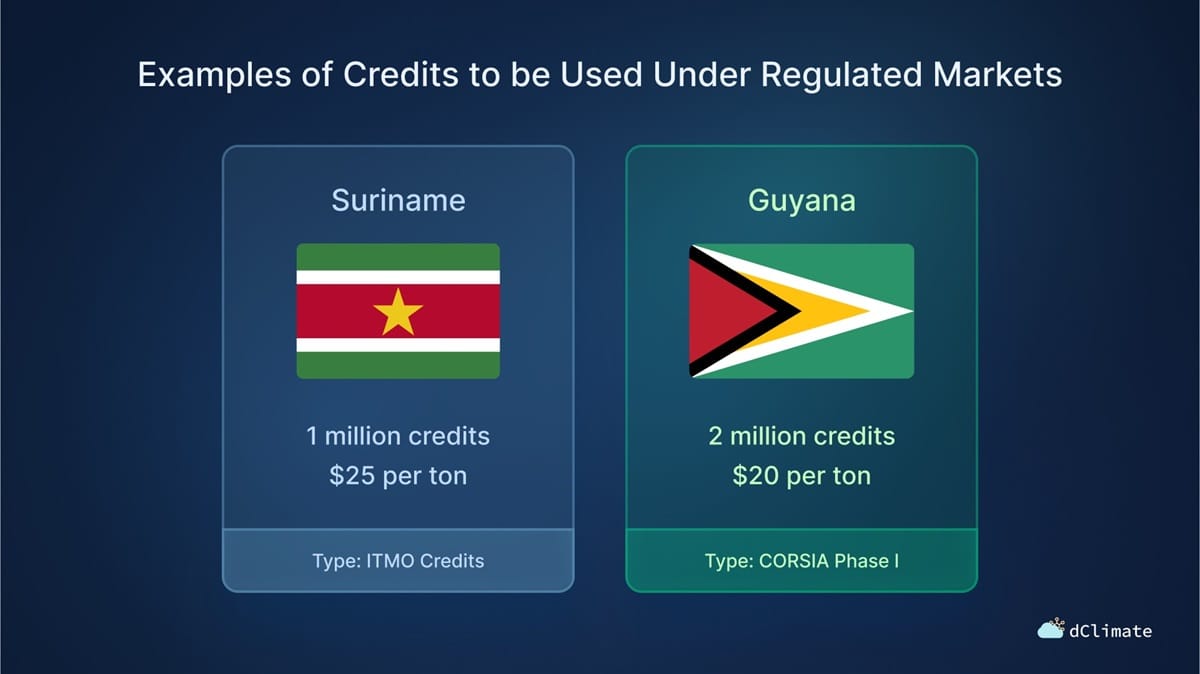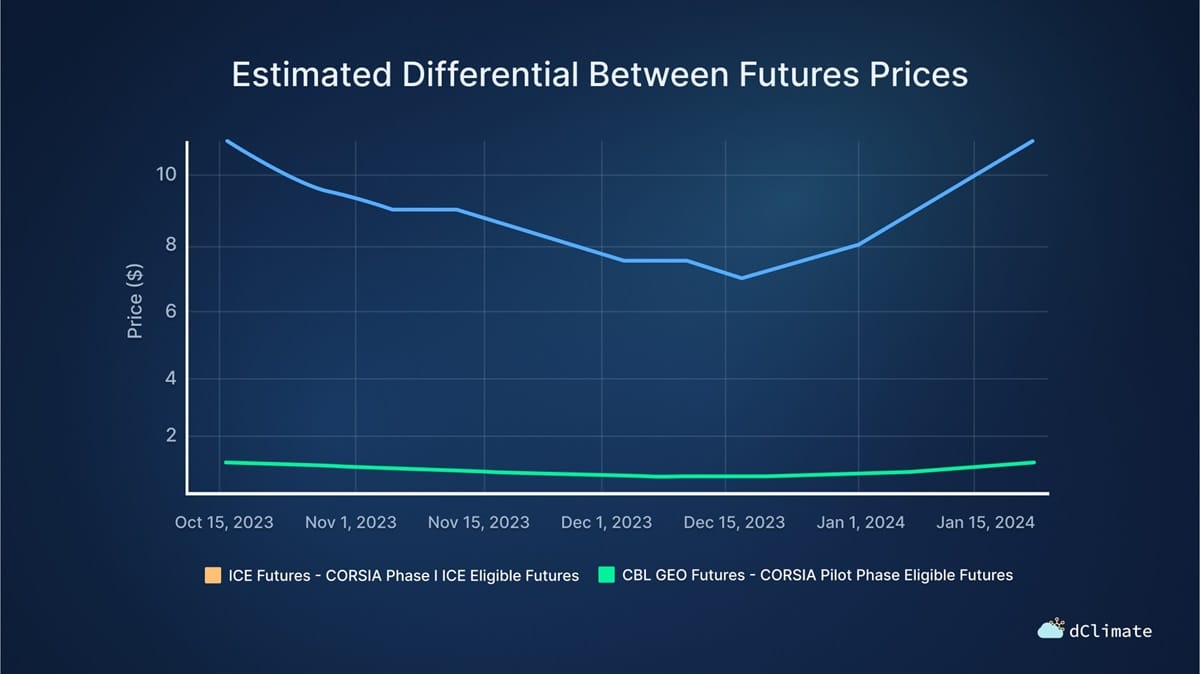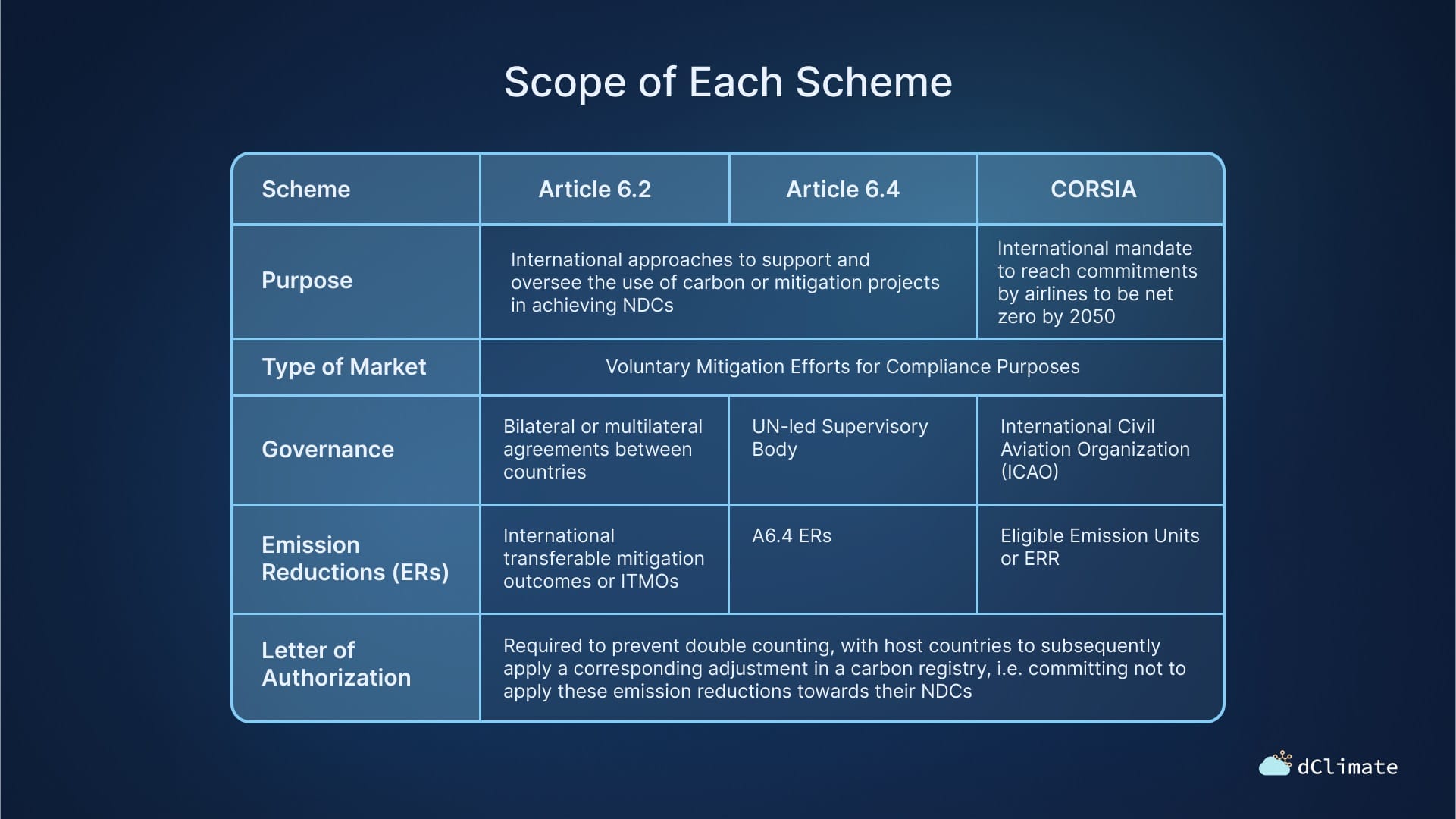Global Mitigation Efforts

Achieving global net-zero emissions requires private efforts and public interventions, often underscored by robust international collaboration. Private sector initiatives are crucial for innovation, yet governmental action is essential in implementing environmental standards and economic incentives within their jurisdictions. International cooperation aims to synchronize worldwide strategies and norms to combat climate change. The importance of regulatory measures becomes apparent when addressing the breadth and magnitude of environmental issues.
This may be particularly applicable to the Voluntary Carbon Market (VCM): it is estimated that since 2012, only about a third of the total investments required for carbon offset projects have been made to satisfy the credit demand needed to stay within a 1.5°C increase by 2030. Although carbon offset projects have inherently been decentralized, being primarily driven by voluntary actions, transitioning towards a more centralized, regulated, and diverse approach could bridge the investment shortfall.
Unlocking the Capacity of the VCM
The VCM market is recognized as a critical element in mitigating climate change, and, in addition to limited funding for early-stage projects, it faces several hurdles, including concerns over integrity and credibility and issues with data validation accuracy. A significant barrier to the VCM’s scalability can also be attributed to the absence of global regulatory oversight, a feature that sets it apart from mandatory compliance markets. This feature differentiates it from mandatory compliance markets like the EU Emissions Trading System (EU ETS), the California Carbon Allowances, or government-imposed carbon pricing mechanisms like Singapore's carbon tax. This lack of standardized regulation could undermine the VCM's effectiveness and appeal to investors, leading to discrepancies in pricing and market scale relative to compliance markets.
Size of Compliance and Voluntary Carbon Markets:

Presently, two significant frameworks are developing clear guidelines for directing the use of carbon offsets to achieve compulsory carbon reduction targets. These are Article 6 of the Paris Agreement and the Carbon Offsetting and Reduction Scheme for International Aviation (CORSIA).
Article 6: the Holy Grail of Global Mitigation Efforts Governance
Article 6 of the Paris Agreement, introduced at COP21 in December 2015, establishes a framework for voluntary international cooperation to enhance national efforts towards meeting Nationally Determined Contributions (NDCs) and promoting sustainable development. It details two primary mechanisms for fostering global collaboration and governance in emission reductions, specifically through Articles 6.2 and 6.4:
- Article 6.2 establishes provisions for countries to engage in decentralized, voluntary cooperation to achieve their NDCs more efficiently through internationally transferred mitigation outcomes (ITMOs). Countries can transfer (or export) emission reductions via bilateral or multilateral agreements directly negotiated between participating countries.
- Although yet to be operational, Article 6.4 is designed to create a centralized mechanism to contribute to mitigating greenhouse gas emissions. This mechanism allows for the approval of emission reduction projects in countries that can generate tradable certified emission reductions (CERs, also called A6.4 ER under the supervision of the UNFCCC) that other countries can purchase to fulfill their NDCs. A Supervisory Body appointed by the Conference of the Parties serving as the meeting of the Parties to the Paris Agreement (CMA) will oversee this mechanism.
A critical aspect of both mechanisms is the requirement that “exporting” countries make corresponding adjustments in their emissions accounting to prevent double counting, a vital step for ensuring data validation integrity.
While the detailed rules for Article 6 continue to be a major topic of negotiation in COP meetings, aiming to operationalize the article effectively and transparently, this structure is crucial and perceived as the Holy Grail for enhancing transparency and operational efficiency in global emissions mitigation efforts.
High Altitude, Low Emission: Aviation's Path to 2050 with CORSIA
Article 6.2 and CORSIA Compliant J-REDD+ Credits Carry a Premium:

The aviation industry represents approximately 2.5% of the world’s total CO2 emissions, which might seem like a small contributor at first glance. However, with a firm commitment to achieving net zero carbon emissions by 2050, the sector is actively pursuing technological innovations, operations, and infrastructure innovations. Alongside direct emissions reduction strategies, the industry is engaged in carbon offsetting initiatives, notably through the Carbon Offsetting and Reduction Scheme for International Aviation (CORSIA). Developed by the International Civil Aviation Organization (ICAO), a UN specialized agency, CORSIA aims to curb CO2 emissions from international flights. Established in 2016, its goal is to cap international aviation emissions at 2019 levels by mandating airlines to offset emission growth from that year onward.
CORSIA represents one of the few global compliance market standards and applies to most international flights. Its implementation has been phased:
- Between 2021 and 2026, encompassing both the pilot phase (2021-2023) and phase I (2024-2026), offsetting obligations apply exclusively to flights between countries that have voluntarily chosen to participate in CORSIA.
- Starting in 2027 and subject to some exceptions, offsetting requirements will extend to all international flights.
As one of the first sector-wide global schemes to leverage market-based measures for emissions reduction in a structured and regulated way, CORSIA marks a pivotal advancement in the aviation industry’s efforts to mitigate climate change in a centralized and regulated manner.
CORSIA Eligible Futures Prices:

Solving the Double-Counting Problem and Improving MRV
A significant challenge in international mitigation projects is the potential for double-counting, which occurs when an emission reduction or carbon credit is accounted for multiple times in pursuit of emission reduction goals. To mitigate this issue, corresponding adjustments are required and accounted for in carbon accounting registries. This ensures that host countries, where carbon offset projects are implemented and emission reductions occur, do not count these reductions towards their NDCs if they are being "exported" or claimed by another country or entity.
Both Article 6 and CORSIA require that projects and subsequent emission reductions be eligible under each scheme and that a corresponding adjustment (or mechanisms are in place to avoid double counting under CORSIA) be made. Another critical element for both schemes is the need for a robust monitoring, reporting, and verification (MRV) framework to ensure data validation accuracy and track mitigation efforts.
The recent emergence of digital technologies, including Blockchain, Artificial Intelligence (AI), Machine Learning, and Remote Sensing, has paved the way for innovative digital MRV (dMRV) solutions. These advancements are essential to address the risk of double-counting through transparent and tamper-proof records of the issuance, trading, and retirement of carbon credits and improve the integrity and data validation of projects.
All Roads Lead to Paris
Article 6.2, 6.4, and CORSIA Overview:

For the VCM to be more effective and impactful, transitioning towards a more centralized and global market framework may be essential. The anticipation for a conclusive agreement on Article 6's implementation, which remained unmet at the most recent COP 28 in Dubai, underscores the market's eagerness for clear directives and global governance. Similarly, the recent delay in finalizing Phase I eligibility standards and methodologies for CORSIA may be viewed as a setback. However, it may also reflect a growing caution among global standard-setters and regulators, underscoring the critical need for stringent methodologies to prevent double-counting of emissions reductions.
The focus is currently on the operational aspects of Article 6 and CORSIA, with the latter often regarded as a model for high-quality standards for carbon credits. The inclusion of voluntary carbon projects in various regulated markets, such as domestic carbon tax regimes, showcases an acknowledgment and valuation of these efforts towards meeting global emission reduction targets.
Ultimately, all initiatives and efforts in mitigating climate change converge towards a singular goal: aligning with and advancing the objectives of the Paris Agreement, reaffirming that all roads in global climate actions lead to Paris.
🌐 Check out our website, products, and blog
💽 Explore 40+ TB of free climate data via our data marketplace and API
📰 Sign up for our bi-weekly newsletter
🥳 Join the community: Twitter | LinkedIn | Discord | Telegram | YouTube

